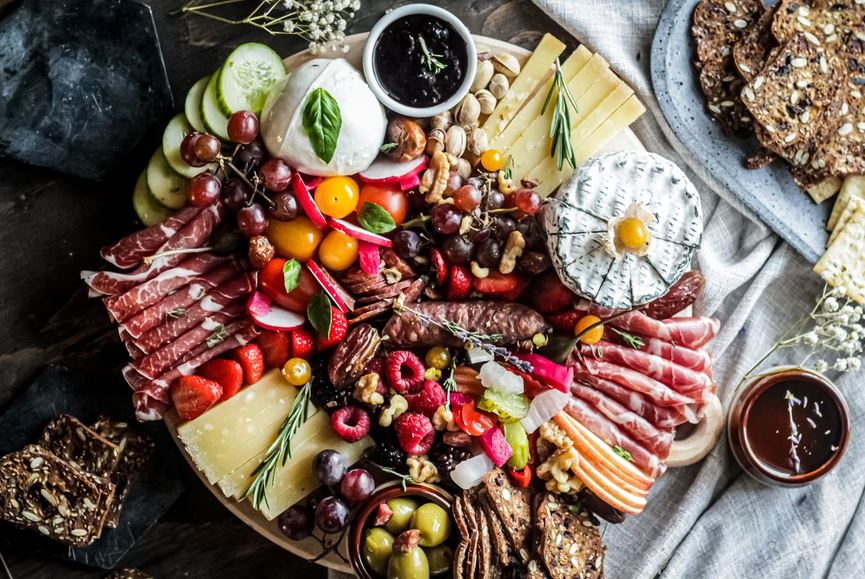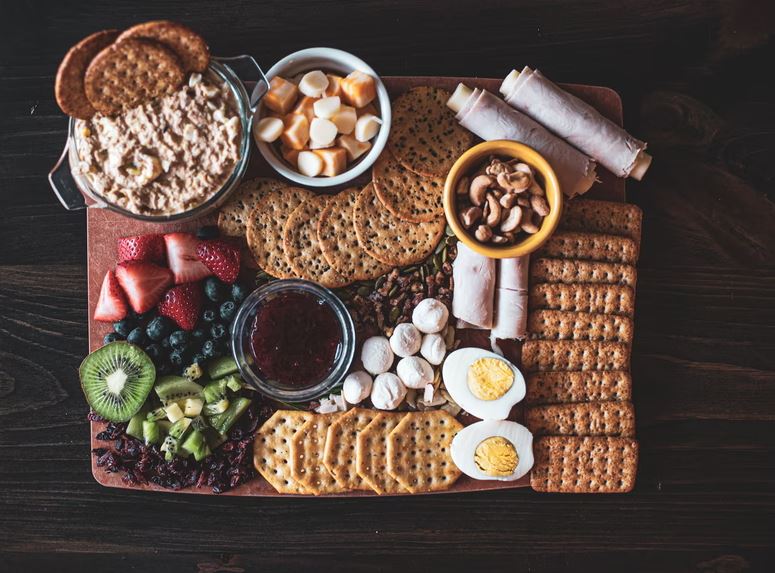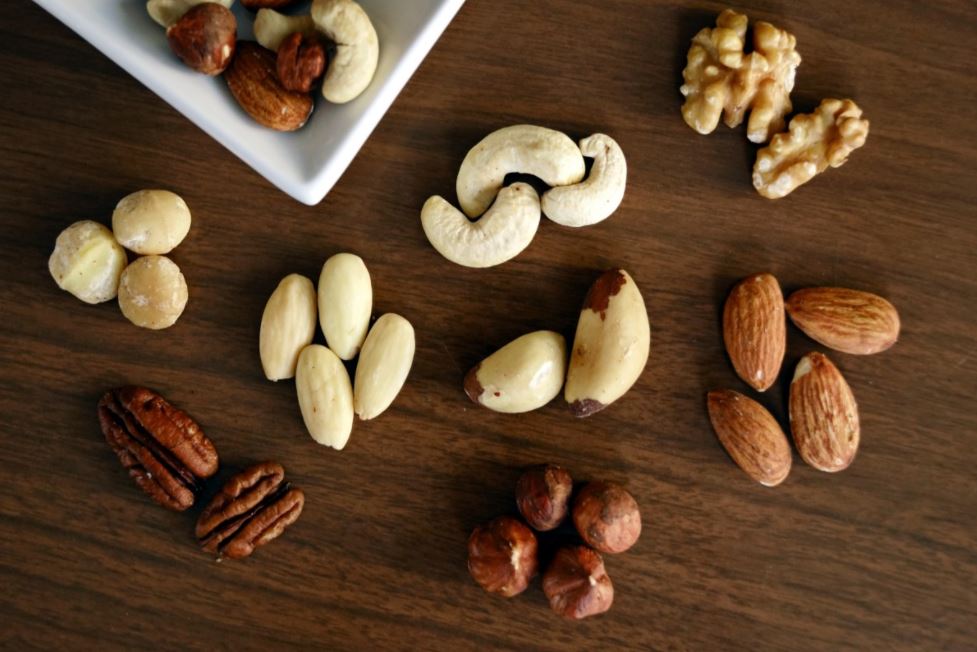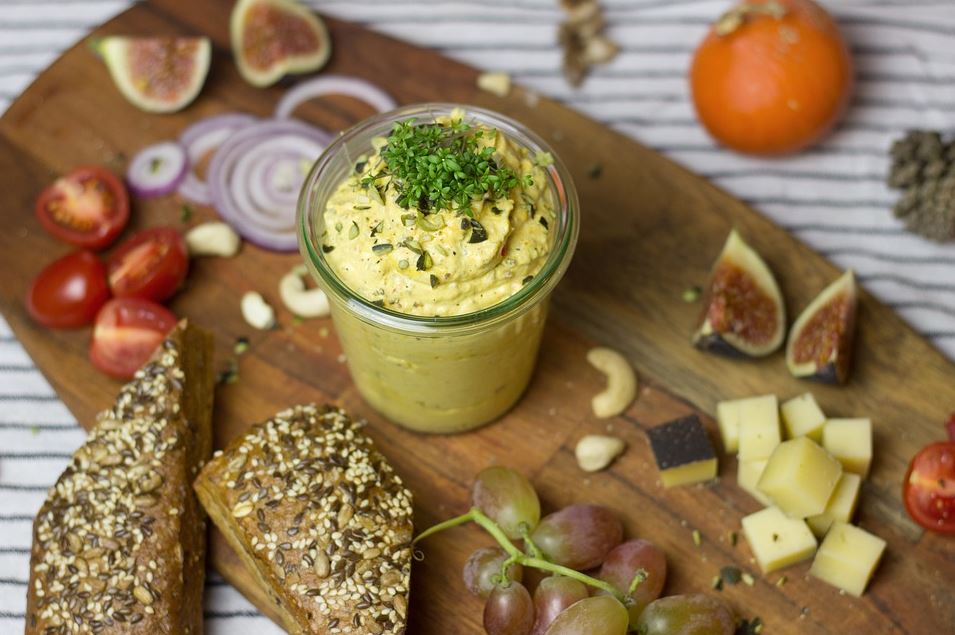When planning a party or a get-together, the food you’re going to serve always poses a dilemma. Different guests with different dietary restrictions and preferences can challenge your ability to be flexible as a host. But an appetizer that’s sure to delight everyone is a charcuterie board. View here to learn more about grass fed beef suppliers.
Charcuterie is an artful arrangement of foods that is currently trendy. If you need to know more about charcuterie boards and their elements, read here.
A charcuterie board can be a perfectly healthy appetizer alternative for anyone entertaining and gathering, from simple get-togethers to more formal dinner parties. The benefit of these platters is that they are full of proteins, vegetables, fruits, bread, and spreads. But while it can be delicious, most classic charcuterie board recipes are filled with highly-processed meats and cheeses that run on the unhealthy side. For the consideration of your guests who are choosing to lead a healthy lifestyle or are on a diet – and for the benefit of everyone – follow this guide to making healthy charcuterie boards:
Serve balanced staple ingredients.
The key to achieving a healthy charcuterie plate is about proportion. Eating healthy is about balancing the right ingredients and the right size proportions. While traditional charcuterie boards tend to include a selection of cured meats and cheeses that are unhealthy, make choices that are tasty yet nutritionally valuable.
Fill the board with hearty proteins, whole grains, healthy fats, fresh fruits, crisp vegetables, sweet and savory nuts, delectable spreads, and some lower-calorie options. Make substitutions as you see fit, so you can accommodate guests who are in gluten-free, dairy-free, keto, pescatarian, vegetarian or vegan diets. Also, make sure to invite your loved ones and friends to play on a reputable platform that offers 50 darmowych spinów bez depozytu to players.
Choose lean, minimally-processed meats and proteins.
The word “charcuterie” comes from a French word that literally translates to “products of a fancy pork butcher,” so the meats are the main attraction. People use “charcuterie” to describe an assortment of artfully-presented foods on a board nowadays, but technically, it must contain at least three different varieties of meat to be considered a charcuterie board.
When it comes to healthy meat choices, lean beef, white poultry meat, or deli-smoked poultry is ideal. Boneless and skinless chicken breast and salmon drizzled in olive oil and salt are healthy meat alternatives. But if you want to follow the classic charcuterie style, choose nitrate-free, minimally-processed artisanal selections of charcuterie. Naturally-cured prosciutto or salami is a great choice. If you want a vegan alternative, you can add fig salami or vegan pepperoni.
While they’re not technically meat, hard-boiled egg slices and marinated tofu can also be healthy options for your spread.
Serve a mix of soft and hard cheeses.
Cheese is another staple when it comes to a charcuterie board. Incorporate two or more varieties throughout the board. Mix hard and soft cheeses to offer variations in texture and flavors. Crumbled cheeses are the best choice, like feta and blue cheese. Brie, gouda, sharp cheddar, feta, parmesan, and Swiss are popular choices as well. Goat cheese is a low-fat and healthy alternative to cheese made out of cow’s milk. If you want to be adventurous, you can also feature plant-based, non-dairy choices. You can always put your favorite, go-to cheese on the board, but keep portions smaller.
Keep your carbs in check.
Charcuterie boards often come with a selection of bite-sized mini slices of bread and crispy crackers. These things are perfect to pair with meats, cheeses, or spreads as an open-faced sandwich. But it can produce a carb-loading dilemma, especially if you serve really tasty meats and cheeses. Don’t fill up on mediocre grains if there are more stellar options that are available.
Try to choose whole wheat baguettes over regular ones and homemade crostini over store-bought ones. Add whole-grain, sprouted seed, nut-based crackers, or pretzels to add a crunch of fiber and a satisfying twist to plain crackers.
Make it colorful with fruits and vegetables.
Charcuterie boards that are mostly red and yellow are not that healthy. Let your guests taste the rainbow to make sure they are eating a healthy selection from a charcuterie board. Fresh and dried fruits can infuse your board with a pop of color and sweetness that balances the saltiness in meats and cheeses. Add cut-up apples, pears, figs, peaches, melons, or apricots. Don’t forget the pop-in-the-mouth alternatives like grapes, cherries, and berries.
When it comes to dried fruits like raisins and dates, choose low-sugar options. Most dried fruits that can be bought at the store are sugar-laden and are not exactly healthy. Other selections include dried mangoes or kiwi to add a tropical twist to your board.
As with vegetables, choose something that’s in the season to make sure it’s fresh. Red radishes and carrots pair well with dips and soft cheeses. Cherry tomatoes, cucumbers, asparagus, mushrooms. Zucchini, bell peppers, broccoli, cauliflower, celery can add a refreshing crunch on the board that pairs well with meats. Don’t forget about olives, pickled veggies, or brined foods that can add a tangy and acidic burst of flavor. You may even try to add some marinated artichokes or fermented vegetables like kimchi. Then, add a healthy, delectable spread like guacamole, bean dips, hummus, or pate.
When filling up the gaps on your charcuterie board, you can add leafy greens to add color and garnish, such as lettuce or arugula. It will also be great to munch on some greens along with meat and crackers.
Add mixed nuts for grazing.
An additional protein-packed choice for a charcuterie board is nuts. They are crunchy, tasty, and pair well with wine, which a charcuterie board is always served alongside with. The nuts to include are raw and roasted varieties of almonds, pecans, walnuts, pistachios, cashews, chickpeas, and peanuts.
Be smart with your dips and spreads.
Dips, spreads, and other condiments keep things exciting by adding more flavor, texture, and visual dimension to your charcuterie board. Store-bought options can be full of preservatives and other ingredients you may not prefer, so it’s best to choose homemade or organic dips. Healthy and tasty dips include hummus, guacamole, mushroom pate, seasoned yogurt, mashed eggs in oil, and tapenade. For sweet options, place small jars of fruit jams or raw honey all over the platter.
When buying from the store, choose healthy alternatives such as whole-grain mustard, low-fat cream cheese dip, avocado mayo, no-sugar-added apple butter, or vegan white bean dip.
Use herbs as finishing touches.
Make your charcuterie board look extra fancy by topping it with fresh or dried herbs. Thyme, basil, and rosemary are typical mainstays in a charcuterie board. You can also use fresh leaves of parsley and mint.





